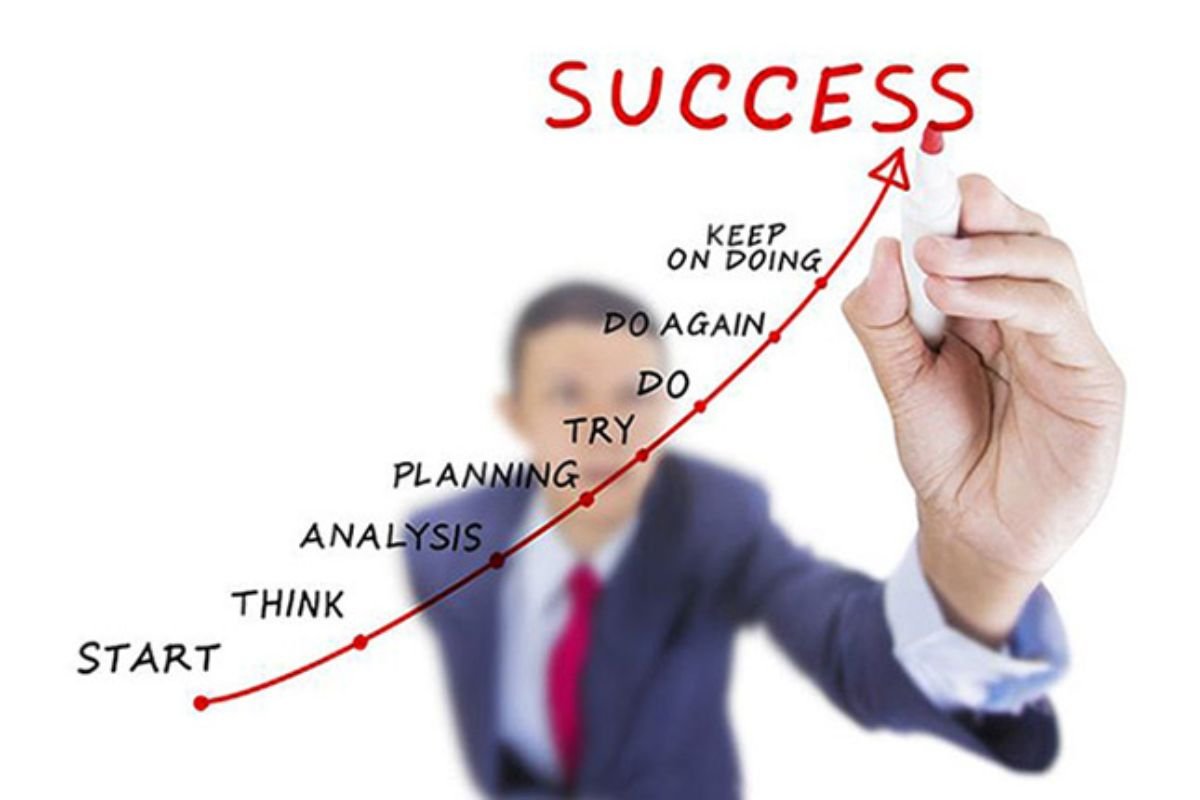What is Kaizen and How Can it Help Your Startup?
There’s no doubt that businesses can find it hard to realise their ambitions and commercial visions, especially in a strained, challenging and increasingly volatile economic climate.
There are steps that entrepreneurs can take to optimise their chances of success, however, with the cultivation of a viable culture offering a relevant case in point. Introducing the concept of kaizen offers a relevant case in point, as while this has its foundations in manufacturing it can also be applied to every type of business and industry.
But what exactly is kaizen, and what are the benefits that it delivers to business-owners? Let’s take a look:
What is Kaizen?
In simple terms, kaizen refers to the leveraging of cooperation and commitment from the stakeholders within a specific business or department, with a view to raising the importance of constant improvement throughout the venture.
This mindful approach to collaboration and continued development places it in the forefront of the minds of your key stakeholders, laying the foundations for a scalable business that relies on the talent of its workforce.
The Japanese are widely credited for developing the original theory behind kaizen, which includes five principles that have been specifically leveraged for benefits of businesses. These are as follows:
- Sort: This forces you to address individual business processes, with a key focus on identifying the obstacles that need to be removed to aid efficiency.
- Set in Order: Next, you need to review the remaining processes and systems while considering how they can be arranged to improve workflows.
- Shine: Now we focus on the hardware and software that underpins your businesses operation, as you look to determine whether these are optimised or fit for purpose.
- Standardise: You also need to review your work processes to determine whether or not they adhere to a clear standard that’s concise and understood by all employees.
- Sustain: Once you’ve identified and made improvements based on the kaizen principles, you need to review these new systems and regulate them to guarantee long-term success.
These rules are integral to the success of the kaizen principle, and below we’ll consider how they can be implemented successfully within your venture.
How can you Successfully Implement Kaizen?
While kaizen is becoming an increasingly popular business concept (and with good reason too), like everything else is relies almost entirely on the quality of execution.
With this in mind, here are three tips to help you successfully make kaizen a core pillar of your future commercial growth.
1. It Must Run Holistically from the Top of the Business to the Bottom
Let’s start with the basics; as kaizen can only be successful if it’s implemented company-wide, as otherwise it will prove ineffective and incapable of driving holistic changes within your business.
This type of approach will also optimise the results generated by kaizen, as it will identify and remove all deficiencies within the business while also improving productivity on a vast scale.
The widespread deployment of kaizen can also create a unified vision for business growth, and one that each individual manager can stakeholder can buy into with a keen sense of enthusiasm.
2. Ensure that Kaizen is Understood by Every Single Employee
On a similar note, you must lay the foundations for a successful implementation by ensuring that every single employee understands the concept of kaizen and its underlying rules.
Similarly, they must also comprehend the core benefits of kaizen, particularly in terms of collaborative working and how they can improve each individuals level of productivity.
This will require a significant process of learning, while employees must also be trained on the new systems and software programs that are introduced as a result of kaizen.
With this type of approach, your staff members can pull in one single direction and drive the success of kaizen company-wide, while it will also ensure that any new technologies are able to deliver a genuine return on investment.
3. Don’t Overlook the Final Stage
We’ve already touched on the importance of kaizen’s five underlying rules, which must be followed studiously if the concept is to prove successful.
However, there’s often a tendency to overlook the importance of the fifth and final step, which in enacted after changes have been implemented and once processes have been improved.
This is understandable, as there’s likely to be a transition period during which businesses adapt to new processes and the human mindset tends to relax following periods of relative success or development.
Make no mistake; however, the final stage is crucial to the process of kaizen, which is built on the principle of continuous and never-ending self-improvement. So, even the new process must be constantly reviewed and analysed, otherwise kaizen will not deliver its full potential within your venture.





